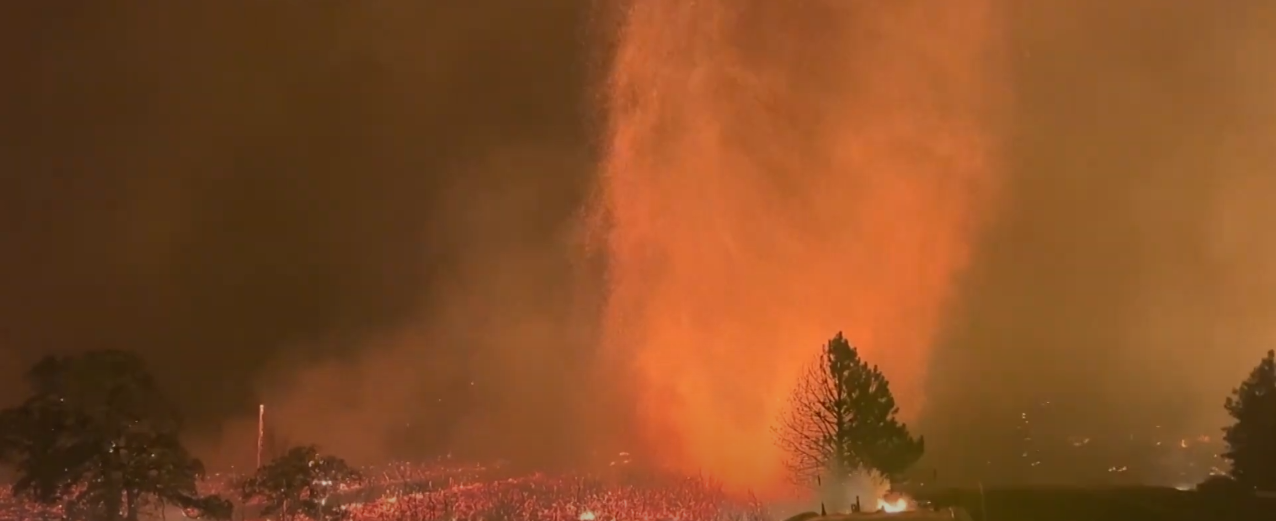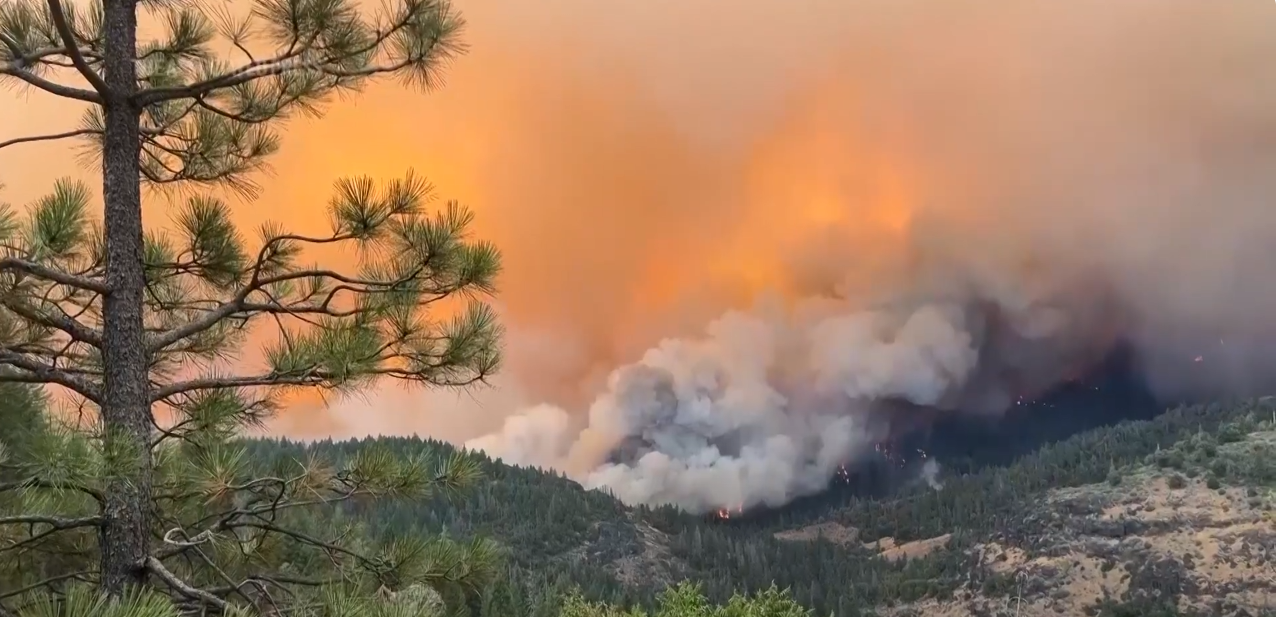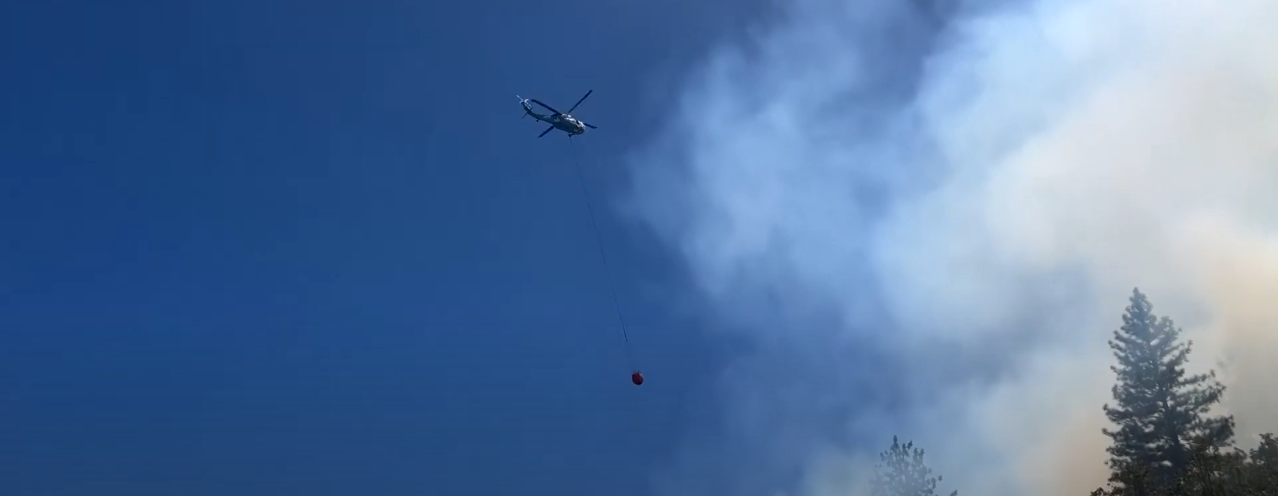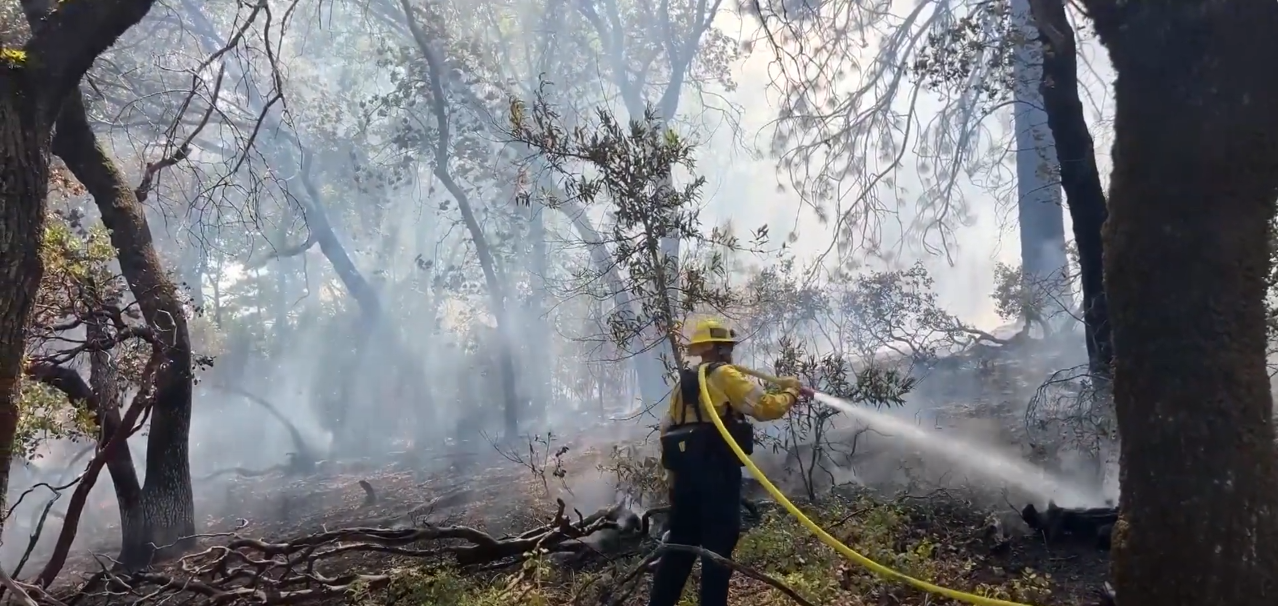In Northern California, thousands of firefighters received a welcome break from the weather as they battled a massive wildfire that had rapidly grown to an area larger than Los Angeles. This blaze is just one of several fires raging across the western United States and Canada, driven by strong winds and intense heat.

Cooler temperatures and higher stickiness levels could assist with easing back the advancement of the Recreation area Fire, California’s biggest fierce blaze this year. The fire’s force and fast spread have attracted unwanted correlations with the staggering Pit fire of 2018, which attacked the close by town of Heaven, bringing about 85 passings and the annihilation of 11,000 homes.
On Saturday, Heaven ended up close to the peril zone by and by. The whole town was put under a clearing advance notice, alongside a few different networks in Butte Province. Departure orders were likewise given for Plumas, Tehama, and Shasta areas. A departure cautioning encourages occupants to plan to leave and anticipate further directions, while a clearing request implies they should leave right away.
Read More: Grievous Israeli Airstrike on Gaza School Cases Lives of More than 30, Including Youngsters
Temperatures are guage to be cooler than normal through the center of the following week. Nonetheless, this doesn’t suggest that the ongoing flames will basically scatter, as per Marc Chenard, a meteorologist at the Public Weather conditions Administration Climate Forecast Center in School Park, Maryland.
Flames dance relentlessly, painting the sky with hues of devastation. The Recreation Area Fire, a fierce and unyielding force, has consumed 547 square miles (1,416 square kilometers), leaving 134 structures in ashes. Since Wednesday, when a man’s desperate act of driving a burning vehicle into a gully in Chico ignited this inferno, the fire has shown little mercy.

The embers glow with a cruel intensity, spreading their reach north and east, inching ever closer to new territories. Despite the valiant efforts of firefighters, containment stands at a mere 10%, a fragile barrier against the advancing blaze.
The once serene landscapes are now a battleground of elements, where the fire’s wrath meets the courageous hearts of those who fight it. Each gust of wind whispers tales of resilience and despair, as communities brace themselves against the encroaching threat.
Read More: Trump’s Surprising New Supporters: How Crypto Enthusiasts Plan to ‘Make Bitcoin Great Again’
In the midst of this turmoil, nature’s capricious hand holds the power to either fan the flames or offer respite. Cooler temperatures and higher humidity tease with the promise of relief, yet the fire’s stubborn spirit remains, a relentless adversary in this epic struggle.
Almost 2,500 firemen are bravely engaging the blast, upheld by 16 helicopters and various air big haulers. Jeremy Puncture, a Cal Fire tasks segment boss, communicated idealism about their headway: “We’re taking incredible steps today, making the most of the cooler climate while it endures.”

Susan Singleton and her better half hastily loaded their SUV with garments, some food, and their seven canines, clearing their home in Cohasset, a modest community of around 400 individuals upper east of Chico. Tragically, they later found that their home had burned to the ground.
“All the other things we had caught fire, however getting them out, getting us out, was my need,” Singleton said on Saturday, remaining next to her SUV where her canines were resting. They have been dozing in the vehicle outside a Red Cross safe house at a congregation that doesn’t permit creatures. Singleton, 59, expressed their next need is to find where their pets can loosen up and rest serenely.
“We really want a spot to settle and quit living like this, since it’s causing me such a lot of pressure,” she said.
As of Friday, the Public Interagency Fire Center revealed north of 110 dynamic flames consuming across 2,800 square miles (7,250 square kilometers) in the U.S.
In Southern California, a fire in the Sequoia Public Backwoods moved throughout the local area of Havilah, burning north of 48 square miles (124 square kilometers) in under three days. The town of 250 individuals had been under a departure request.
Read More: Democrats Confident in America’s Readiness to Elect a Black Woman President



Can you be more specific about the content of your article? After reading it, I still have some doubts. Hope you can help me.